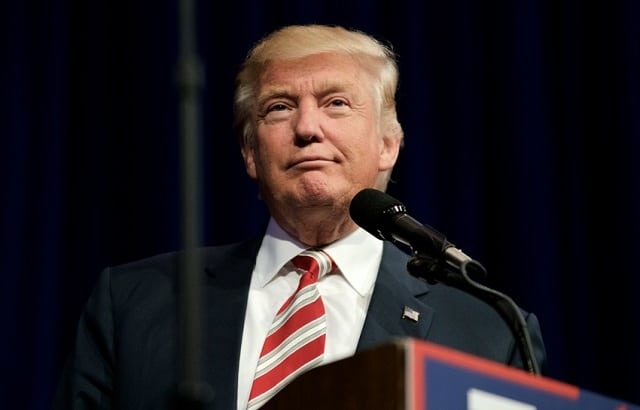Instead, the US government is in shutdown and the dollar is hovering close to a three-year low, yet investors are being told not to hit the panic button just yet.
Despite US markets being propelled in 2017 by the strength of the Faang (Facebook, Amazon, Apple, Netflix and Alphabet’s Google) stocks, it hasn’t stopped Trump tweeting that the highs US indices have been hitting are down to his presidency and his reform plans. His boasts were aided by the fact that in 2017, for the first time in recorded history, the S&P 500 made gains in every month of the calendar year, while the Dow Jones has surged to new highs beating the 26,000 mark.
After such a powerful rally, many investors have been left wondering if a market crash could follow. As a result, the announcement on Friday last week that the US government had shutdown owing to the failure of Congress to pass a budget resolution bill, investors have been questioning what to do with their US exposure.
As way of background, there have been 12 shutdowns since 1981, lasting from one day to 21 days. The last shutdown was during President Obama’s term in office in 2013, which lasted 16 days and cost the US economy a reported $10bn a week.
On news of Friday’s shutdown, the US dollar went into free-fall, but investors in US equities are being cautioned over acting too rashly when it comes to this latest crisis.
“As yet US markets have not reacted to the news with the S&P 500 up nearly 1% last week and over 5% so far in 2018, whilst bond markets have barely moved,” says Adrian Lowcock, investment director at Architas. “The US dollar has continued its downward trajectory, but that is a trend we have seen for much of 2017 and into 2018 and is being driven by other factors.”
Lowcock points out, in the grand scheme of things, $10bn a week isn’t significant cost and is one which can easily be absorbed by the US economy.
“In addition, the US economy is in a much healthier position and the recent changes to income and corporate tax announced late last year should act to absorb the current costs of the 2018 shutdown, which at present is expected to cost the country 0.1% of GDP per week, which is not much for an economy which is growing at around 3% per annum.”
Article continues on the next page…










